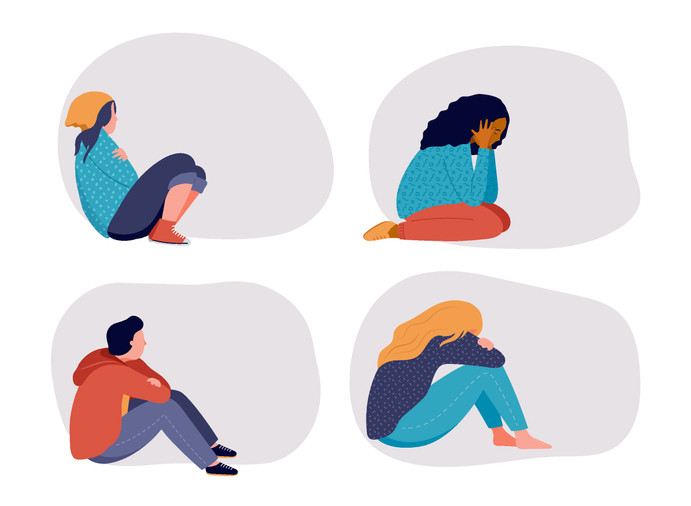Oscar Cheng (9) | Staff Reporter
Attention shoppers! Get your shopping bags ready cause information on consumerist culture is now 100 percent off! Today’s a day and age when we’re inclined to buy the latest iphone model, fashion accessories and collectables.
Among consumers, the most commonly sought after is the fashion industry, which advertises itself globally through social media, local news, TV broadcasts, and sponsorship. Even when compared to Elon Musk, the industry outshines the multi-billionaire as it is estimated to be worth a staggering three trillion dollars.
Although consumerist culture seems to have positive effects on the world’s GDP, the negatives outweigh its positives. Trends such as fast fashion cause roughly 37 kilograms of clothing to be thrown out each year by the average American. This is equal to 92 million tonnes of textile waste, which can be seen as a garbage truck full of clothing emptying into landfills every second, accounting for ten percent of global pollution and 1.2 billion tonnes of carbon emissions.
Consumerist culture easily leads to unexpected spending and going over budget. With things like the latest fast fashion trends constantly changing, it’s difficult to keep up financially. Especially with a younger generation that craves attention and popularity, being financially literate becomes even harder when people try to look like their idols.
An increase in demand caused by consumerist culture may have a slight increase in job opportunities, but will have a large increase in goods affordability. Inflation is quite common within the retail industry and is seen most commonly during material shortages, backorders, and delays in shipping. Since companies know their customers are willing to pay more just to get the product, they raise the prices and cash in on their reward. This is how companies benefit from fast fashion, while consumers suffer from a drop in affordability.
However, anti-consumerist culture helps to reduce the pollution caused by its counterpart consumerist culture. The anti-consumerist culture revolves around keeping an item until it has served its purpose and can no longer continue to be useful. Slow fashion, a common example of anti-consumerist culture, not only reduces textile waste by rewearing, but also reduces the money spent on clothing.
Anti-consumerist culture also reaps many benefits for its community. The practice of anti-consumerism diminishes the urge to purchase more than one needs, thus reducing spending margins and leaving more for those in need.
A decrease in demand reduces the need for mass production and wasted materials. With lower consumption rates, goods are likely to remain at the same price or see a sale to entice customers.
The moral of this story is that fast fashion and consumerist culture are fantasies created by companies and entrepreneurs to earn more of the average buyer’s money. Meanwhile, the real treasure is in anti-consumerist culture that helps to save everyone’s hard-earned cash. And with that, today’s sale has come to a close.



